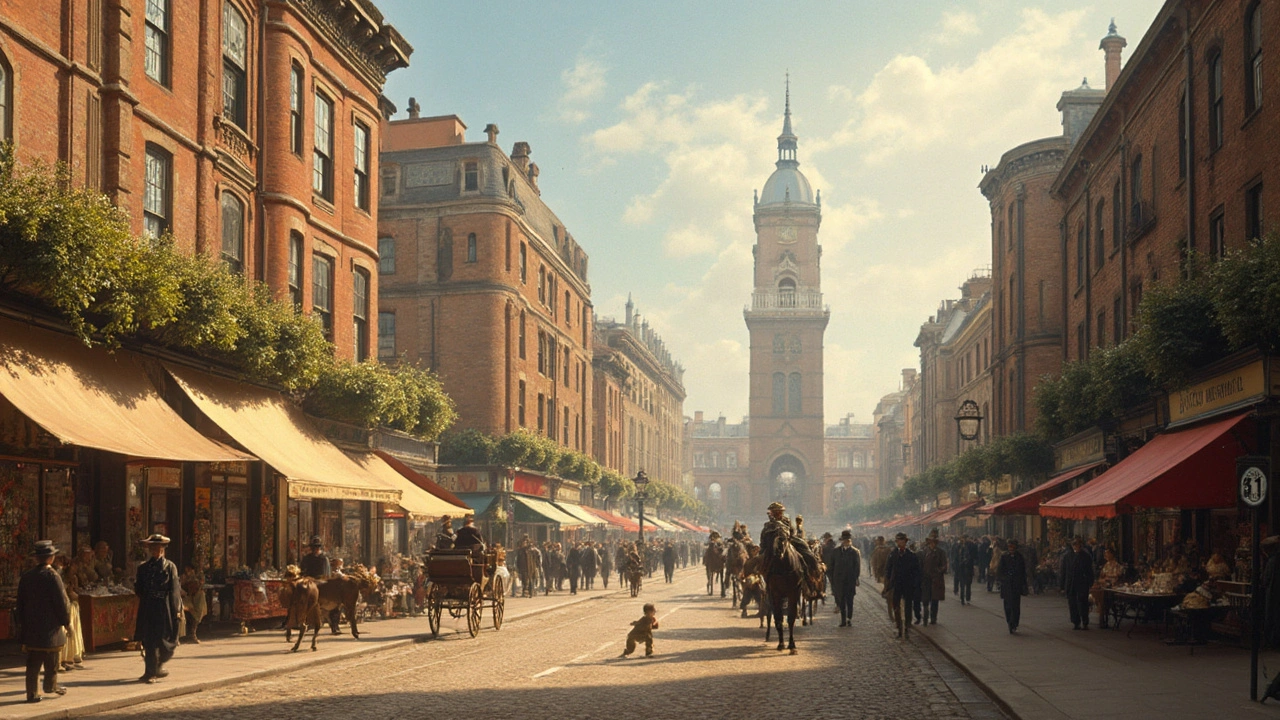Travel tips for art and architecture lovers
Want to see more great buildings and artworks without wasting time or money? These travel tips are tuned for people who travel to look closely — not just take selfies. You'll get packing advice, timing tricks, ways to spot styles, and simple rules to make visits smoother and more fun.
What to pack and why it matters
Pack light but smart. A comfortable pair of walking shoes beats fancy ones every time — you'll be on your feet exploring blocks of buildings. Bring a small daypack with a refillable water bottle, a compact umbrella, a notebook or phone for quick sketches and notes, and a lightweight jacket. A wide-angle lens or a phone lens clip helps capture interiors and facades; a small tripod or gorillapod is useful for low-light churches or galleries that allow tripods. Don't forget portable battery and a physical map or offline map app — some historic areas have bad cell service.
Bring copies of tickets and reservations as screenshots or printouts. Many popular sites release timed tickets, so having proof ready keeps lines short. A reusable tote or foldable shopping bag works well for guidebooks or a small souvenir, and a basic first-aid kit is handy for long walking days.
Plan smart: timing, routes, and shortcuts
Start early. Major monuments and galleries are quieter in the first two hours after opening. If a site is famous for light (stained glass, frescoes, or a certain facade glow), check the sun path and choose the best time to visit. Use neighborhood clusters: pick one area and see everything nearby on the same day to avoid back-and-forth travel.
Buy tickets in advance for top sites and use timed entry. For museums, aim for weekday mornings or late afternoons when crowds thin. For churches and historic buildings that close mid-afternoon, check service times — some are closed during worship. Local tourist offices often sell combined passes that save money if you plan multiple visits.
Learn a few style markers to speed up exploration: columns and pediments point to classical or Greek Revival; rounded arches and thick walls suggest Romanesque; flying buttresses and pointed arches mean Gothic. A quick style cheat sheet on your phone helps you identify buildings on the spot and decide which ones deserve more time.
Respect the place. Follow photography rules, lower your voice in sacred spaces, and avoid touching fragile surfaces. Ask permission before photographing people or private courtyards. Small courtesy gets you better access and friendlier locals.
Finally, use simple apps: an offline map, a public transit app, and a museum's official app or audio guide. Keep a flexible pace — leave time for a café break and unexpected gems. With these travel tips, you'll see more, learn more, and enjoy the architecture and art that made the trip worth taking.

Colonial Architecture: Travel Back in Time
Unlock the secrets of colonial architecture—explore real stories, find travel tips, and learn why these old structures still matter today.
Read more